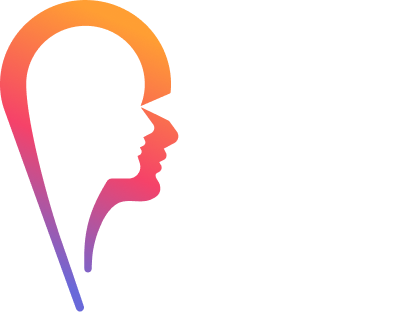
Storytelling Changes the Brain
Simeon Quarrie - Founder and CEO of VIVIDA
24th October 2023
The Power of Storytelling
What makes the In Their Shoes initiative so unique in the world of inclusion training?
Our story-based approach.
Storytelling is an essential part of the learning process, engaging the listener both intellectually and emotionally and ensuring that they will assimilate and retain the new information.
Why is storytelling so effective for learning?
When people listen to stories, several things happen at once.
First, they concretise abstract concepts. It can be difficult to understand high-level theories or explanations, meaning that people will quickly lose interest. A well-told story, with tension and emotional stakes, will keep them engaged and listening.
Once they’re paying attention, the second benefit of storytelling kicks in: if people are emotionally invested in something, they will remember it for longer and more easily apply the lessons learned elsewhere in their lives.
Think about the stories you were told as a child. How many would you be able to retell right now, getting most of the details more or less correct? What about the last time you read a set of figures or were presented with a series of statistics – how many can you recall offhand? While statistics can certainly tell a story, it all depends on framing. Put the statistics within a context, within an emotional framework, and suddenly they sing.
Something else also happens when people hear a story, something especially relevant to our work with inclusion in the workplace: Stories evoke empathy, and empathy breaks down barriers to understandingand acceptance. In short, storytelling dissolves defensiveness and invites people to engage enthusiastically with the content at hand.
This isn’t just emotional; it’s chemical. Studies into how our brains engage with learning show that when a story with sufficient tension is told to an audience – especially through video- our brains are flooded with cortisol, followed by dopamine. This one-two punch means we’re engaged (cortisol aids awareness) and excited (dopamine is a pleasure chemical). And then the cherry on top, oxytocin, which strengthens empathy and encourages social behaviour. Oxytocin is what makes us nervous during the shootout in a movie, makes us wince when we see the protagonist in pain, makes our palms sweat when a character inches across a precarious bridge over crocodile-infested waters. Oxytocin is also what makes us willing to help others, to share joy or excitement, to extend generosity and compassion when needed.
Storytelling quite literally changes our brains, making us more open to new ideas, new points of view, and new ways of thinking about the world.
And what makes our story-based approach even more unique?
The stories we’re telling are true, shared with us by real people.
This means that the examples and scenarios we’re using are applicable to the real world, because they’re from the real world. Our immersive experiences cover a broad and nuanced range of situations and issues in an authentic way, considering viewpoints and approaches that are often overlooked, because we’ve gone directly to the source and had conversations with people in these exact positions.
We’ve channelled the data from those conversations into our experiential learning platform and put them into a format designed to work for all types of learners – visual, audio and kinesthetic – by immersing them fully into the world of our character. This world is complex, nuanced, and layered, just like real life. But the power of storytelling means that even a complex world, if done well, can be seen, understood, and walked through by anyone willing to step into it.
Research:
https://theelearningcoach.com/elearning2-0/why-you-need-to-use-storytelling-for-learning/
https://sites.bu.edu/impact/previous-issues/impact-summer-2022/the-power-of-storytelling/
https://allgoodtales.com/storytelling-effective-teaching-tool/
https://hbr.org/2014/10/why-your-brain-loves-good-storytelling
Back to resourcesRecent articles
Welcome to the new home for In Their Shoes!
Hello, and welcome to the new site for our groundbreaking In Their...
Step into a new corporate culture by walking In Their Shoes
"You never really understand a person until you consider things from his...
Storytelling Changes the Brain
The Power of Storytelling What makes the In Their Shoes initiative so...

Experience it
Ready to walk in someone else's shoes? Get in touch.

